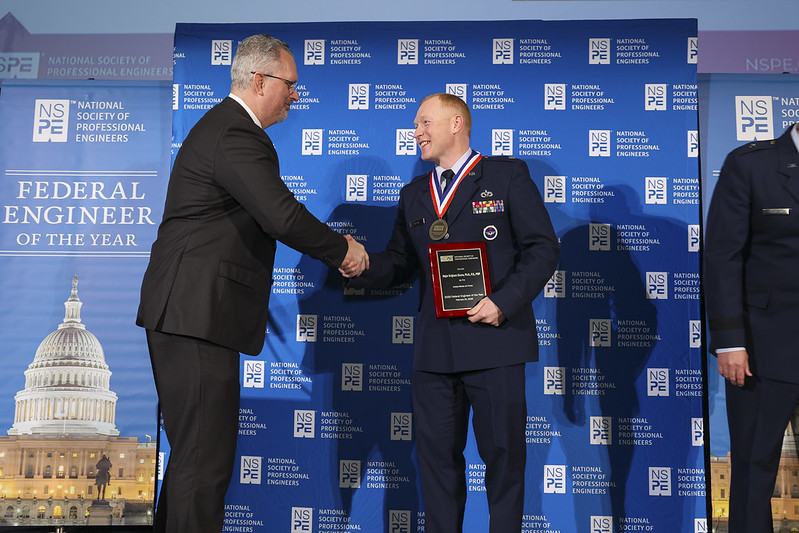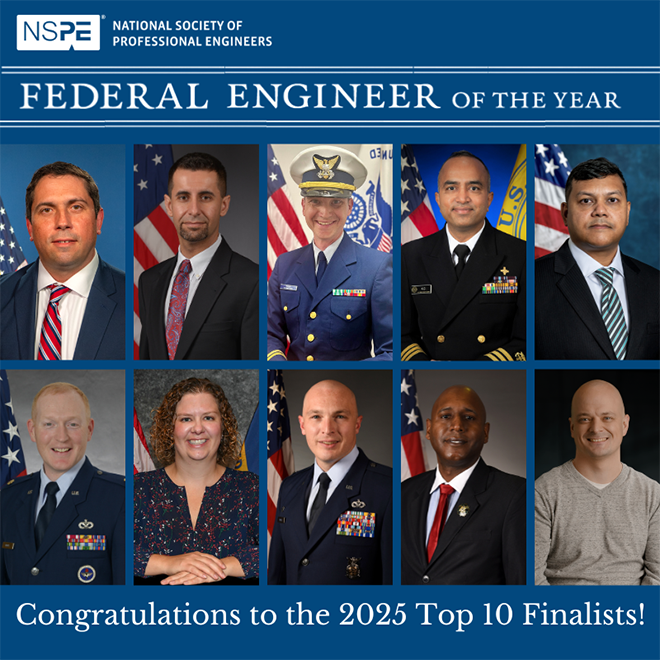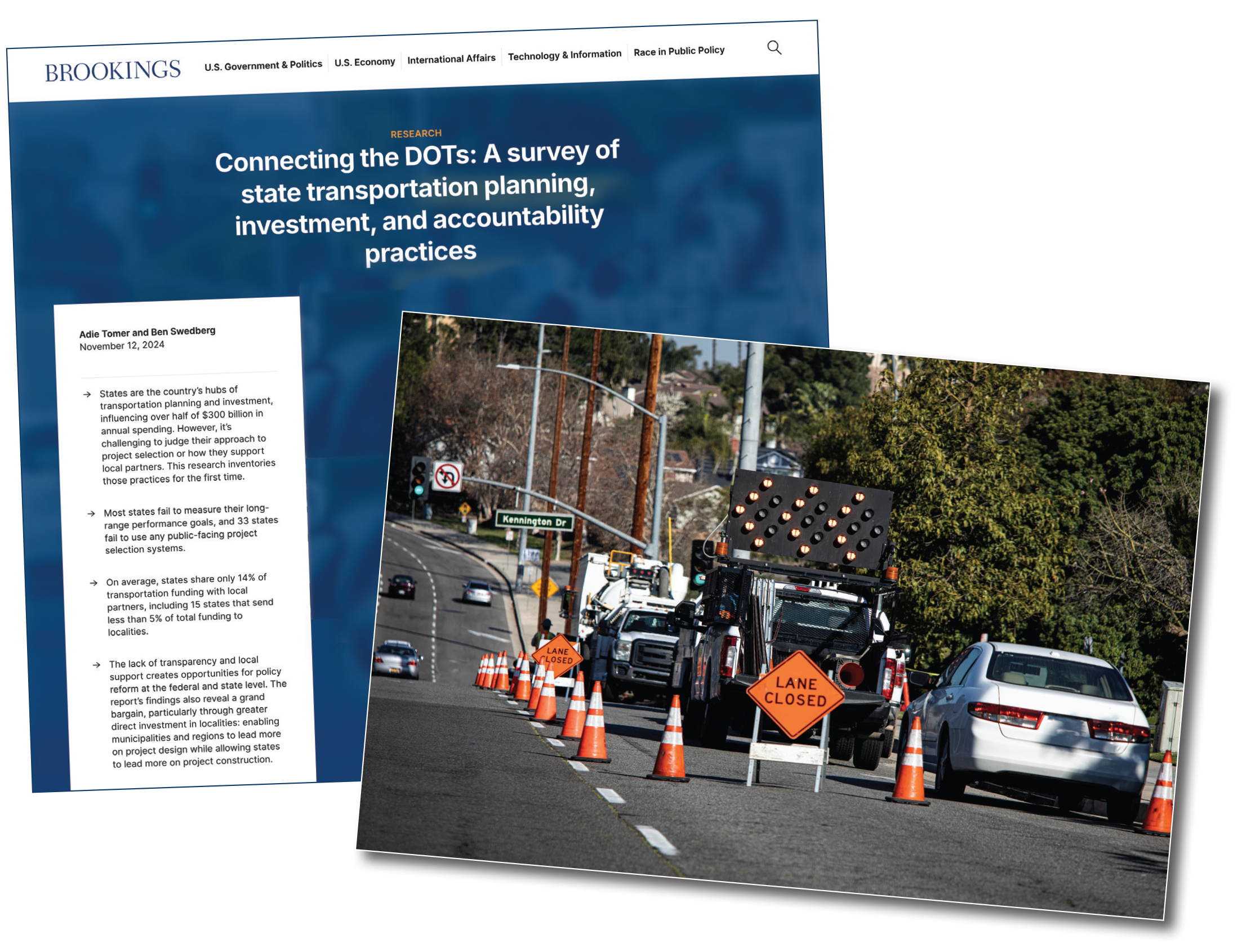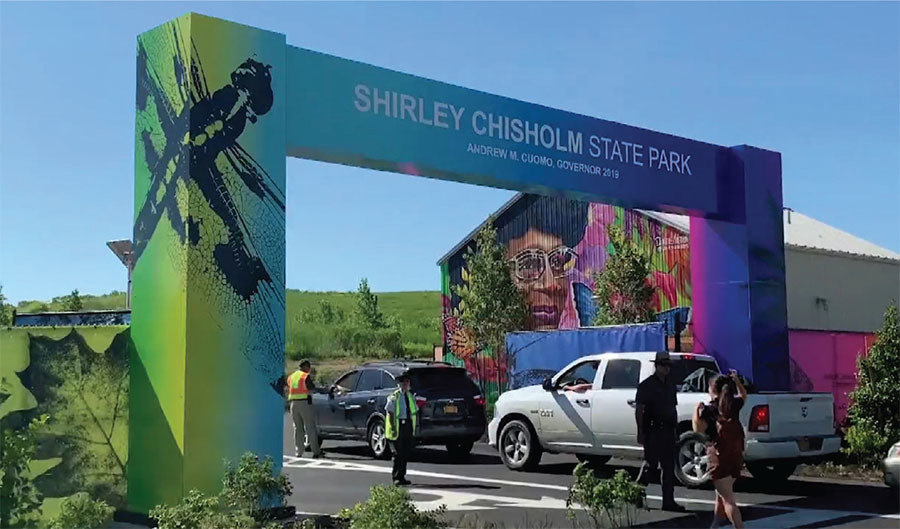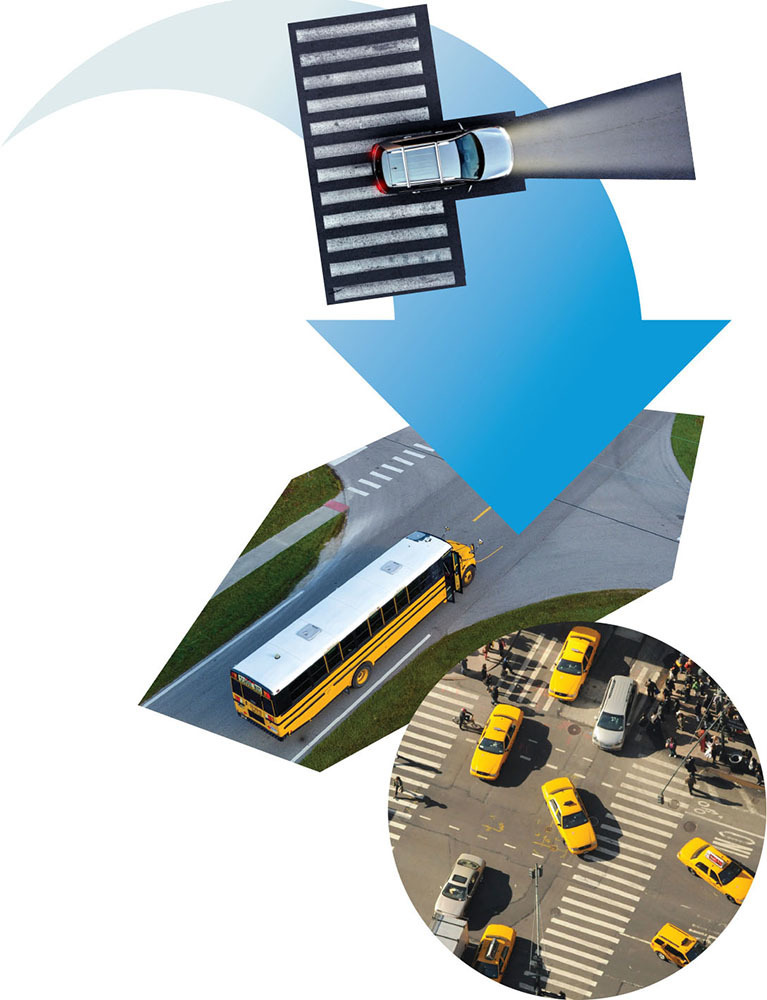September/October 2019
Communities: Government
Q+A With Kurt Stiles
Manager and co-founder of the Visual Engineering Resource Group,
Washington State Department of Transportation
PE: Can you provide some background on the Visual Engineering Resource Group and its work?
VERG is comprised of engineering staff. Our avocation is learning all of the skills of visual communication. [But] we’re content developers, not communicators. We’re here to support communicators, but also decision makers and executive staff. So we’ve become the visual voice for the Washington State DOT.
PE: How common is this type of group among state DOTs? Does everybody these days have a VERG group?
Unfortunately, no. If I could be king for a day, I would definitely implement VERG groups at every state DOT. We really need to improve the way we engage. Today, civil infrastructure change is a complicated affair that needs to be explained to many different groups of people. In the past, that was either not done or done with a comment of, “Look, this is what’s going to happen.” We have the capability today to be much better communicators—we owe that to our communities.
To have a better handle on [bringing in the public], it’s really important to have your own VERG group. Have somebody with an engineering background but also a content development background in commercial photography, videography, and 3D modeling.
There’s a lot more return on investment than there is investment. You’ll find that your projects will move quicker and with more understanding. And consent gathering will be a little easier than if you just spring things on people.
If you want to be inclusive to all of the qualities of a diverse America today, if you want to maintain that echelon of community belief, having a VERG group [will help you].
A lot of engineers are swamped. They’re drinking from a firehose. So we have to engage as an assistant, someone to be supportive. Say, “Here are some products we can provide you.” I’m always engaging, always knocking on doors, shaking hands.
You can get improved funding from the feds if you provide visualization services. But a lot of state DOTs are going, “But what is a visualization?” “How do I do that?” So there needs to be more engagement, more information sharing for agencies to learn about this technology. The FHWA, TRB and AASHTO are making great informational strides, but there is much more to do.
In the meantime, I’m trying my best to get the word out there. I hope people will take up the challenge with this technology.
PE: Can you elaborate on how you’re working with the Federal Highway Administration?
FHWA is using us with the Every Day Counts initiative. They have EDC 5 coming out. One of those initiatives is what’s called virtual public involvement (VPI). A big part of that is crafting your message and using 3D modeling and visualization. So we started working a lot with FHWA and other state DOTs like North Carolina and Utah.
This is for the betterment of everybody. We just want to spread the gospel and evangelize, hopefully get more people on board.
PE: How does VERG help with virtual public involvement?
Communities’ livelihood or lifestyle is completely dependent upon the infrastructure they have to live with. What the feds believe, and I believe as well, is that with every project that you do, you’re going to be building a community of confidence and consent so as to get those projects built.
Agencies have difficulty informing and keeping people up to date on projects. If you’re realistic and pragmatic, using VERG is like removing the argument, focusing the understanding of the project. This what gets projects built. You’re taking a community where the project is going to be built, you’re getting them to understand and focus on the project the same ways designers are focusing on it. There’s a parallel understanding going on versus having the public or strategic stakeholders living in their own opinion. That’s where things fail.
We don’t just do one visualization for the project and wipe our hands and say, “We did a really great job there.” No, we’re doing it always. We’re constantly doing it and updating it and maintaining this lifeline to everybody else that’s not directly involved in the project, so they know what’s happening and why it’s happening.
What and why are two important things in infrastructure change. And if you can define those two, you will get people on board.
PE: What tips would you give other DOTs who want to start similar groups?
I would definitely recommend whoever in the state DOT contact us. We can get them pointed in the right direction, keep an ongoing conversation, and mentor them through a certain level of development.
I would say also connect with the FHWA on virtual public involvement, because it’s more than just visualization. It’s crafting the message, deploying the message, and getting feedback back from the messaging so you can take proper actions.
You can build a VERG in three or four different ways [from more robust to more simple]. The main thing is commitment. You have to stick with it. It’s like running up a big sandhill. You’re going to take five steps and feel good about yourself, then slide back three. But there are software developments today that have really improved the workflows.
The question I pose is, Do you want to be in charge of your work world, your project, your audiences? Do you want to be defensive and reactive or proactive and collaborative? You have a choice there. If you don’t do anything, you’re going to end up in a knee-jerk reaction, reactive, going to court. If you really plan it out and listen to what I have to say and keep this visual momentum going, then you should have the majority of people on board quicker, and longer.
That to me is a win-win for government-led infrastructure change.
Contact Stiles at [email protected].
More


 Volunteering at NSPE is a great opportunity to grow your professional network and connect with other leaders in the field.
Volunteering at NSPE is a great opportunity to grow your professional network and connect with other leaders in the field. The National Society of Professional Engineers (NSPE) encourages you to explore the resources to cast your vote on election day:
The National Society of Professional Engineers (NSPE) encourages you to explore the resources to cast your vote on election day: